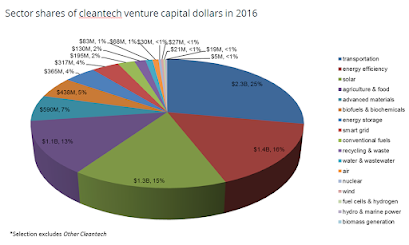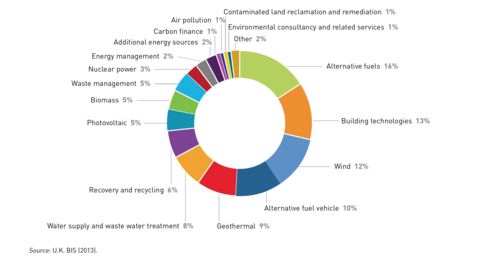Water, Water Everywhere – But Where’s The Funding?
How many times did you think about water this month? If you’re like most people in developed countries, you probably only thought about it when paying your water bill – or if there were news articles about floods or droughts or oceans. If you’re in parts of the world where water is not plentiful, the chances are that you thought about it if you had to plan your day around when water was going to come out of the tap. If, like many of the poor, you had to walk miles or stand in queues to collect drinking water, you probably spent a large part of your day thinking about it. Water is essential to life and yet, we don’t hear a great deal about innovation or venture capital funding or startups that are changing the world in this sector in popular media or news. Which brings up the question – where is the funding for innovation in this sector? Venture capital funding in water is a relatively small investment compared to the investment in high-tech or even in some of the other clean tech...



